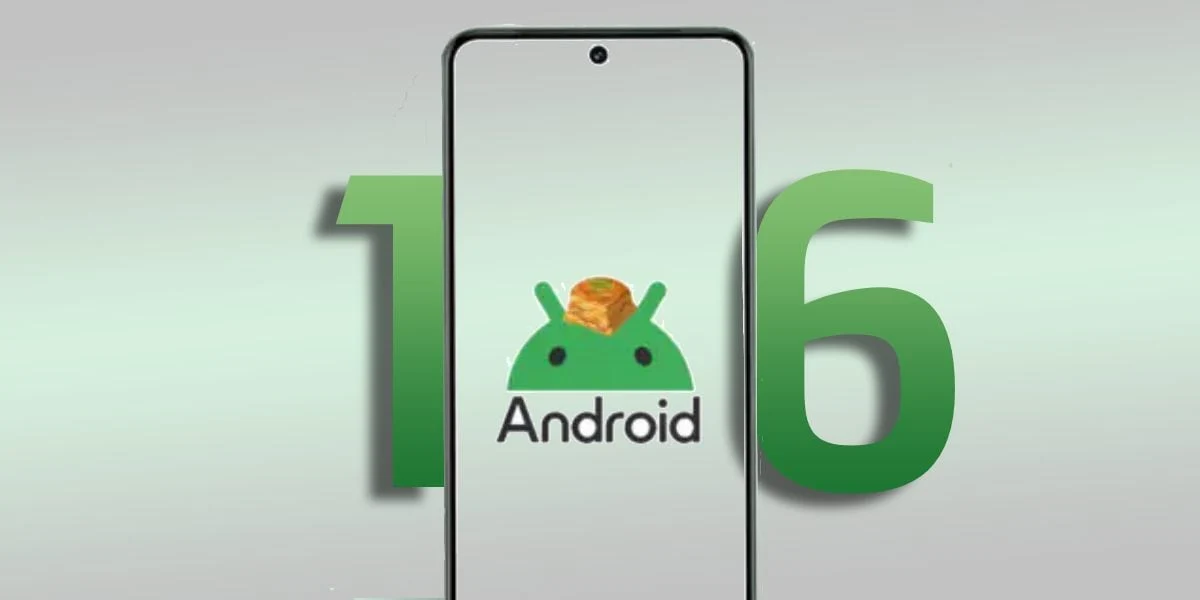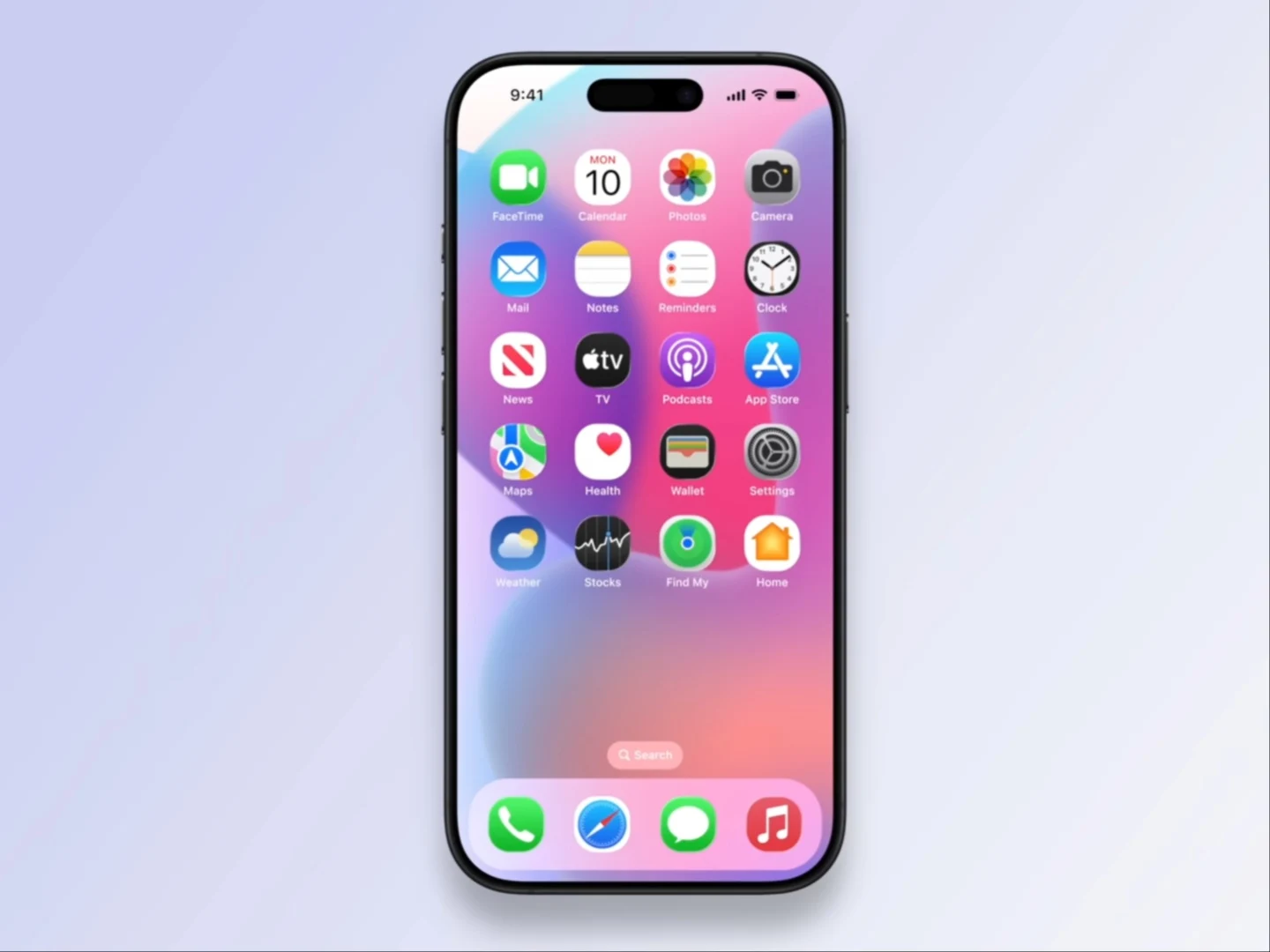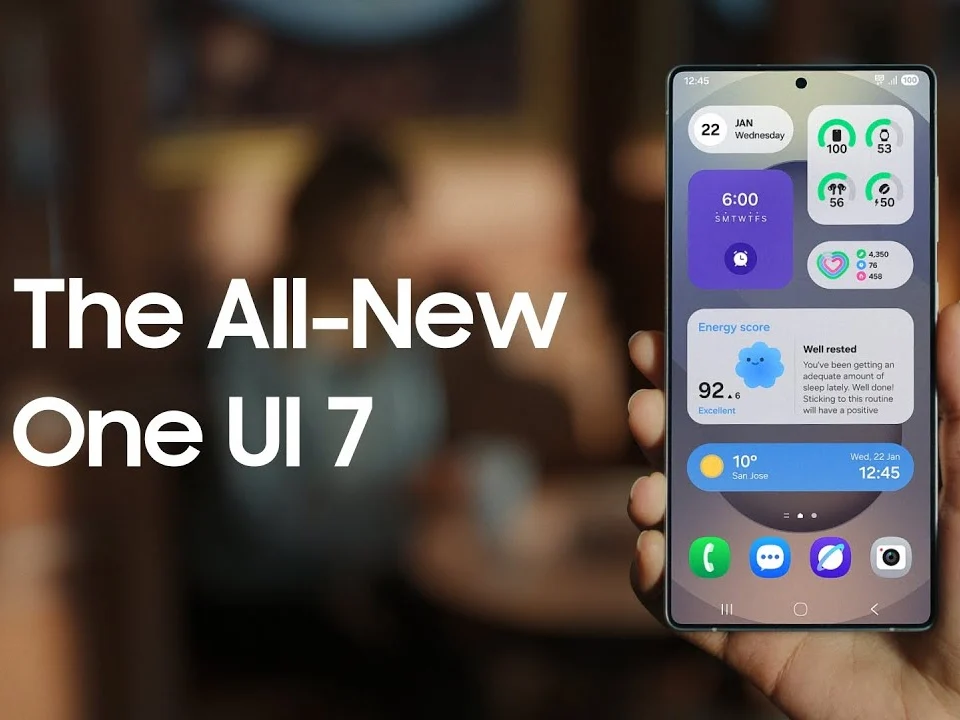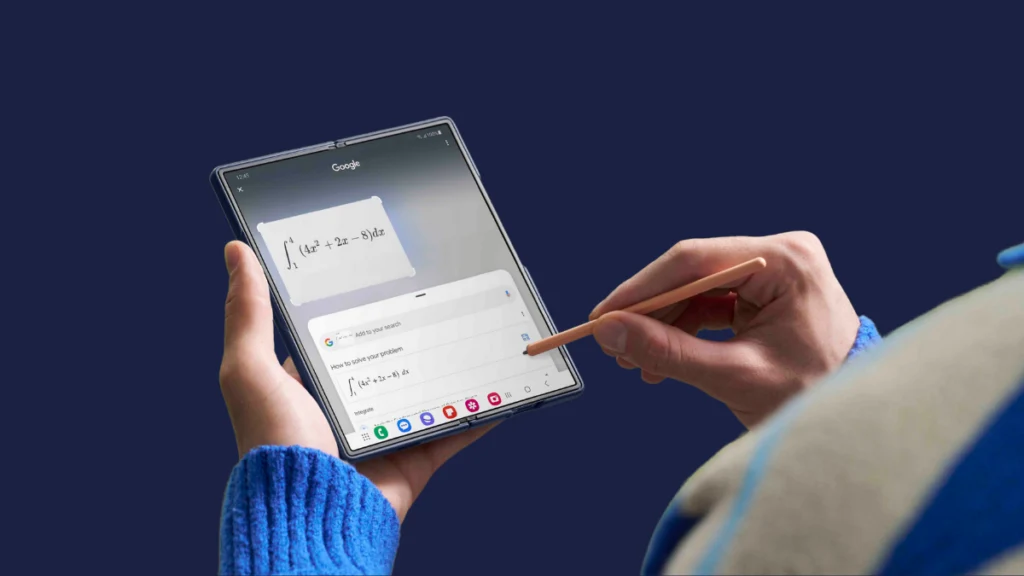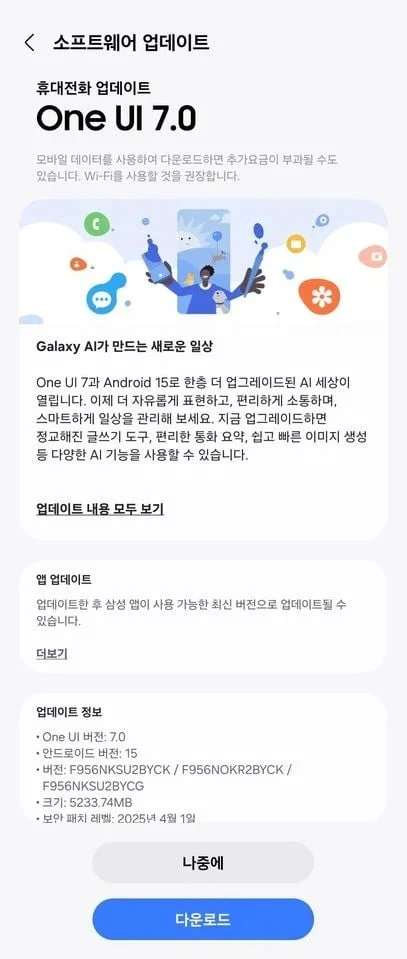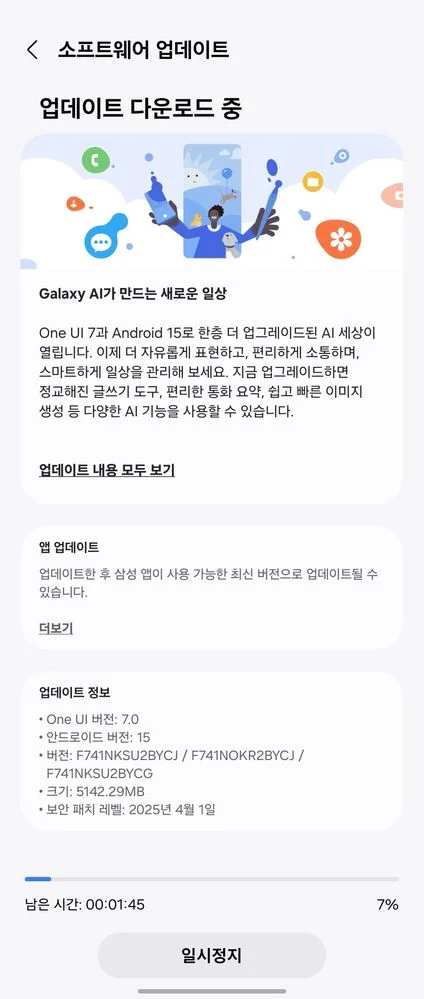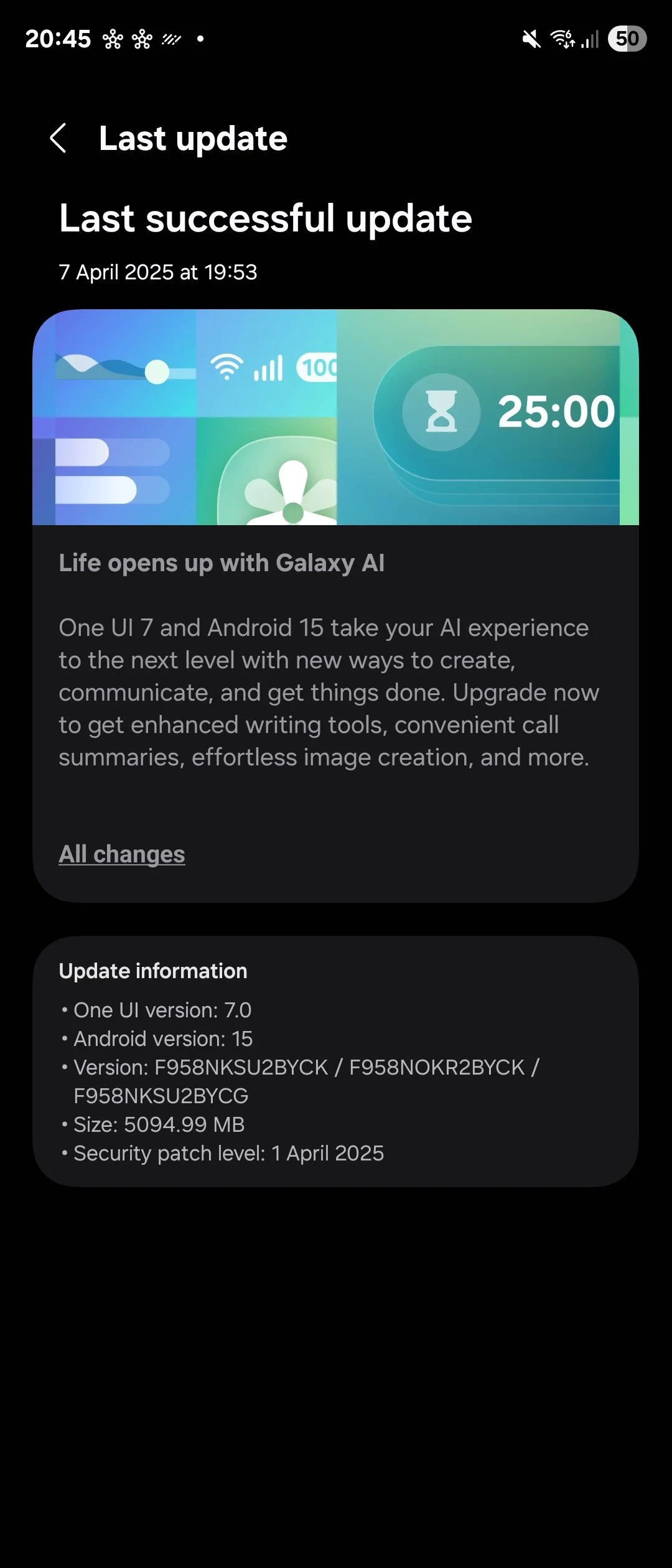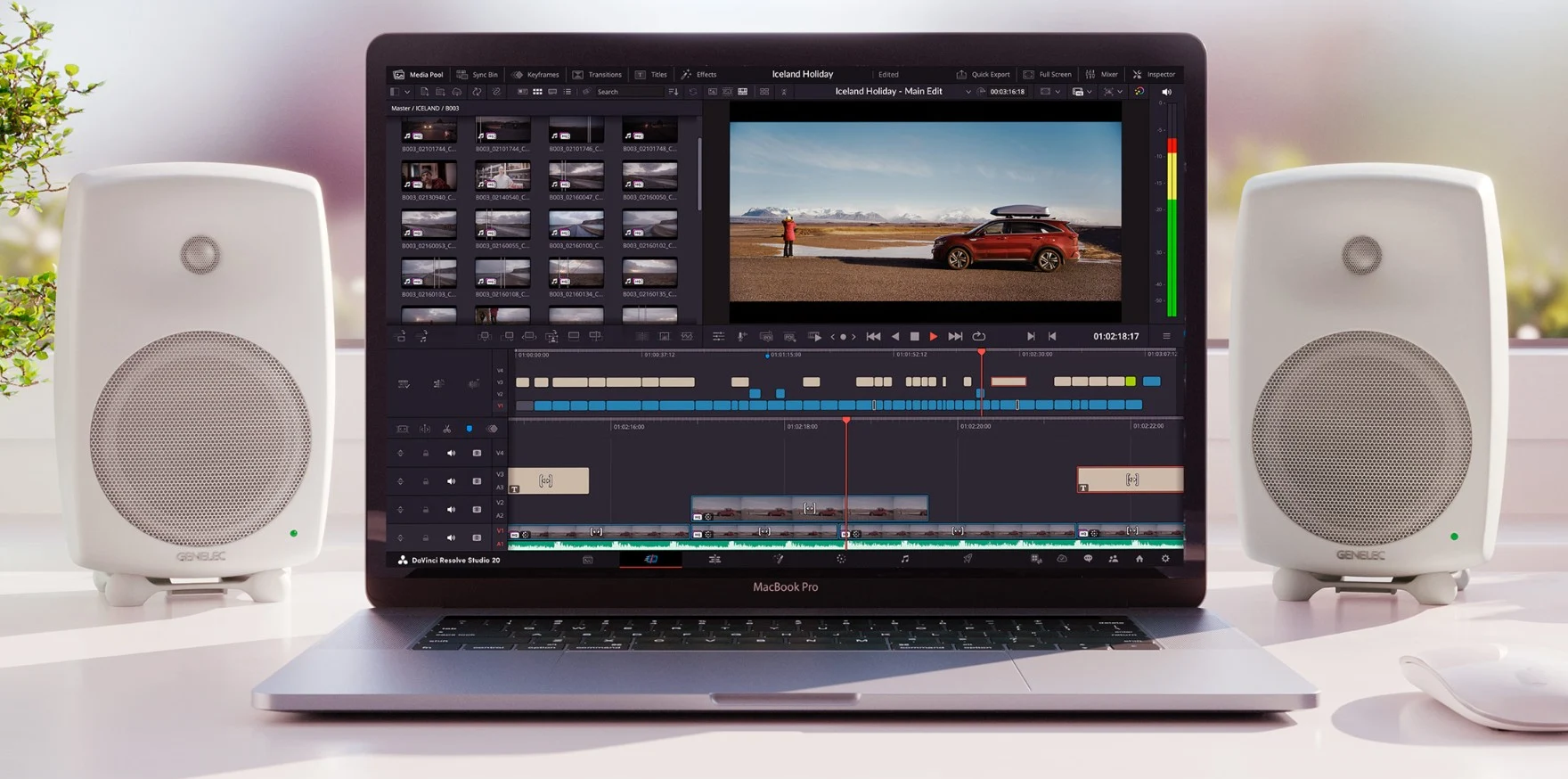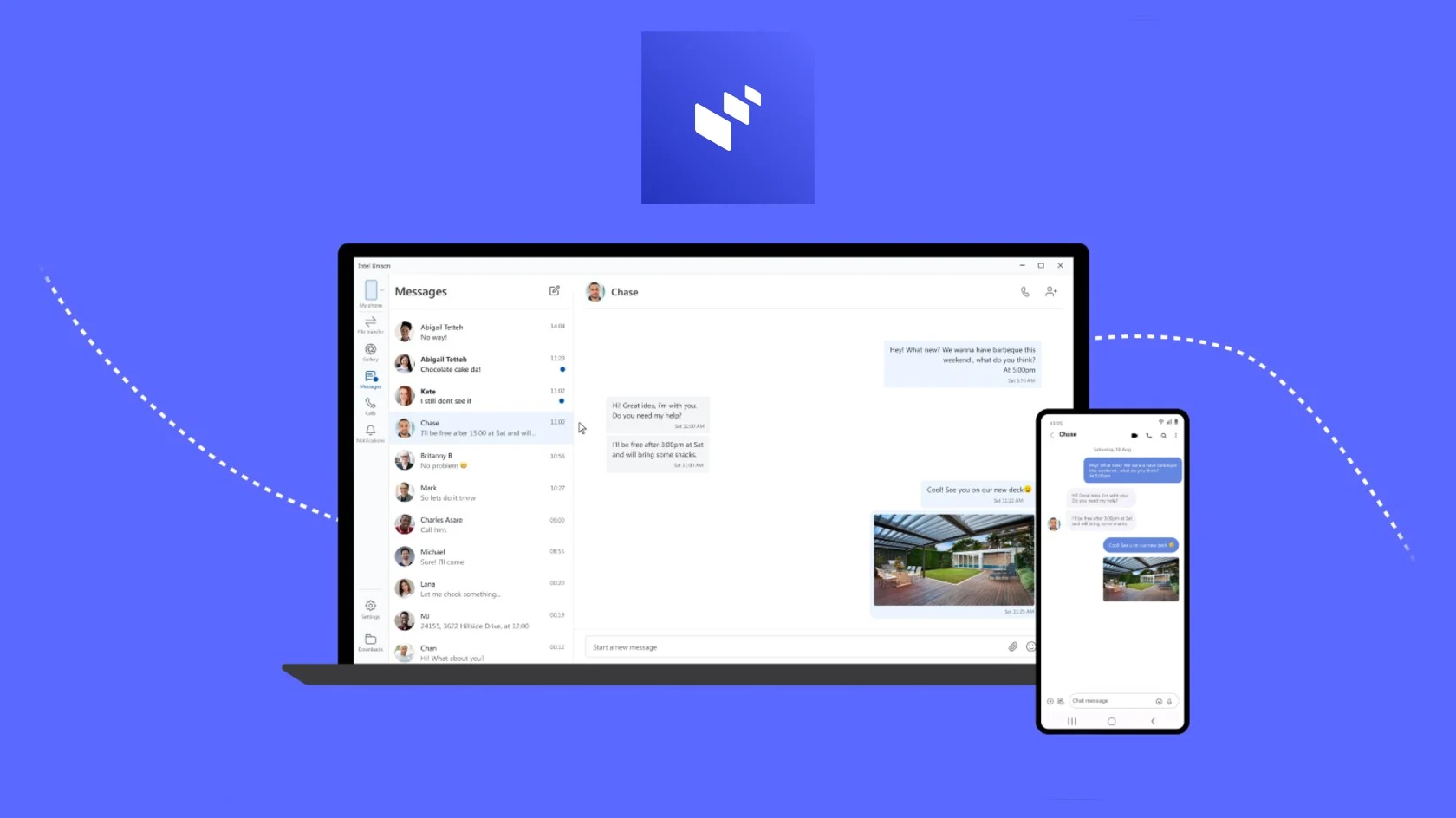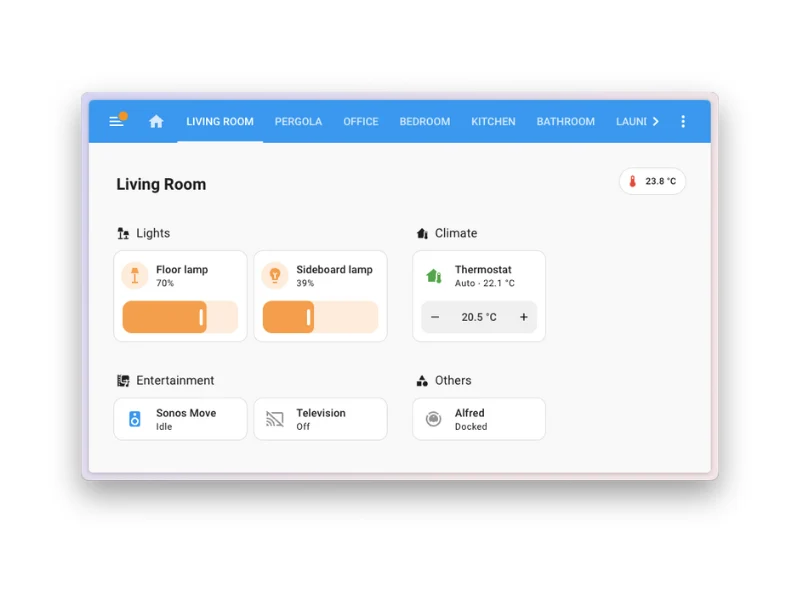Key Takeaways
1. Android 16 is being released faster than usual, with Google entering the Platform Stability phase.
2. Xiaomi is starting internal testing for global HyperOS 2 builds based on Android 16 Beta 2.
3. Xiaomi 15 and Xiaomi 14T Pro users can try the early developer preview versions of Android 16.
4. Installation methods include a simple local update and a more technical Fastboot method, requiring an unlocked bootloader.
5. Feedback is encouraged through the Android Beta Feedback app, and users should expect bugs and glitches during the beta phase.
Android 16 is being released quicker than normal this year, and Xiaomi is quickly bringing developers up to speed. Last month, Google released Android 16 Beta 3, indicating that the operating system has reached the Platform Stability phase. Xiaomi has now revealed that it is starting internal testing for global HyperOS 2 builds that are based on Android 16 Beta 2.
Exciting News for Xiaomi Users
If you own a Xiaomi 15 or a Xiaomi 14T Pro, you’re in luck: you can try it out now. The builds available are:
– Xiaomi 15: OS2.0.250327.1.WOCMIXM.PRE-DPP
– Xiaomi 14T Pro: OS2.0.250327.1.WNNMIXM.PRE-DPP
Keep in mind that this early version of Android 16 is meant only for developers, not regular users. If you’re an app developer, you can join Xiaomi’s developer preview program and flash the preview builds on your device yourself.
Installing Android 16 Developer Preview
Before you get started, you’ll need to ensure your device is on certain versions of HyperOS 2. The Xiaomi 15 should be running at minimum OS2.0.109.0.VOCMIXM, while the 14T Pro must have OS2.0.103.0.VNNMIXM or newer. If that is already the case, there are two methods to install the beta.
The first method is the local update method, which is simpler and less technical. You’ll need to download the ROM and install it through the Settings app. Alternatively, if you’re more technically skilled, you can opt for the Fastboot method, which requires an unlocked bootloader. Just be aware that you will lose your data during this process, so make sure to back it up first.
Access and Feedback
Xiaomi is hosting the ROMs on its official website, and you can also find Android 15-based builds if you decide to downgrade later. The preview is completely free for developers, and the company is looking forward to feedback through the Android Beta Feedback app included in the build. Since this is beta software, be prepared for bugs, glitches, and possibly a crash or two.
